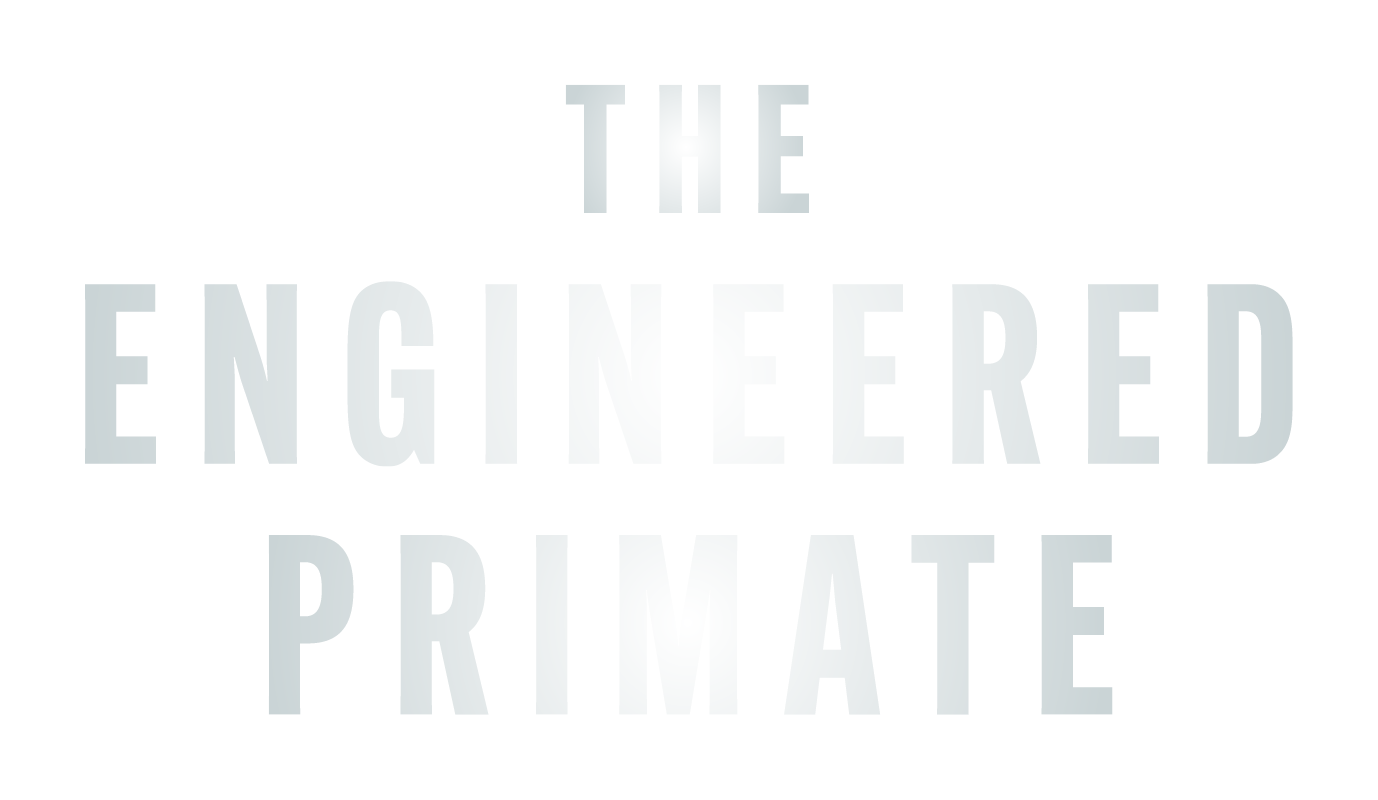Iron – Nature’s Alloy
Alberts, B., Johnson, A., & Lewis, J. et al. (2014). Molecular Biology of the Cell. Garland Science.
Explores the cellular transport and storage mechanisms of iron, including its role in haemoglobin and enzymatic processes.
Gropper, S. S., Smith, J. L., & Carr, T. P. (2016). Advanced Nutrition and Human Metabolism. Cengage Learning.
Discusses iron metabolism, absorption pathways, and systemic regulation.
Aisen, P., Enns, C., & Wessling-Resnick, M. (2001). “Chemistry and biology of eukaryotic iron metabolism.” International Journal of Biochemistry & Cell Biology, 33(10), 940–959.
Explores iron transport, storage, and regulation mechanisms in eukaryotic cells, emphasising transferrin-mediated delivery and ferritin-based storage for maintaining systemic iron homeostasis.
Papanikolaou, G., & Pantopoulos, K. (2005). “Iron metabolism and toxicity.” Toxicology and Applied Pharmacology, 202(2), 199–211.
Examines the metabolic pathways of iron, emphasising the oxidative stress, inflammation, and tissue damage linked to excessive consumption of heme iron.
Cook, J. D., & Reddy, M. B. (2001). “Effect of ascorbic acid intake on non-heme iron absorption from a complete diet.” The American Journal of Clinical Nutrition, 73(1), 93–98.
Explores how vitamin C significantly enhances the absorption of non-heme iron from dietary sources, improving overall iron bioavailability.
Beard, J. L., Dawson, H., & Piñero, D. J. (1996). Iron metabolism: a comprehensive review. Nutrition reviews, 54(10), 295–317.
Discusses regulatory pathways governing iron absorption and metabolism, highlighting iron’s critical role in systemic health and the consequences of imbalance.
Fleming, R. E., & Ponka, P. (2012). “Iron overload in human disease.” The New England Journal of Medicine, 366(4), 348–359.
Examines the health consequences of iron overload, focusing on oxidative stress, tissue damage, and the development of chronic diseases associated with excess iron accumulation.
Halliwell, B. & Gutteridge, J. M. (1999). Free Radicals in Biology and Medicine. Oxford University Press.
Discusses the role of free radicals in iron-related oxidative stress and their contribution to chronic diseases.
Micha, R., Wallace, S. K., & Mozaffarian, D. (2010). “Red and processed meat consumption and risk of incident coronary heart disease, stroke, and diabetes mellitus.” Circulation, 121(21), 2271–2283.
Highlights the association between processed meat consumption, rich in heme iron, and increased risks of cardiometabolic diseases, including cardiovascular disease and diabetes.
Hu, F. B., & Willett, W. C. (2002). “Optimal diets for prevention of coronary heart disease.” JAMA, 288(20), 2569–2578.
Discusses how diets high in heme iron from animal sources contribute significantly to increased risk of cardiovascular disease and systemic inflammation.
